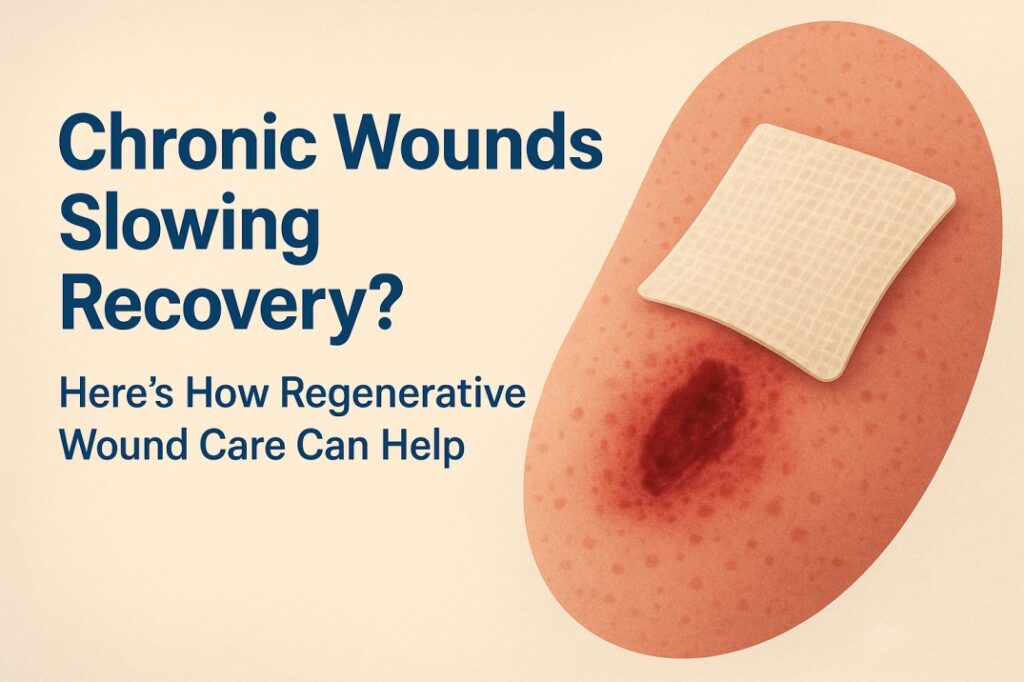Hair transplants have become a popular and effective solution for restoring hair loss; however, one of the main concerns for patients is the potential for scarring. While modern techniques have significantly reduced visible marks, some degree of scarring can still occur. The extent and appearance of these scars largely depend on the type of procedure chosen, the surgeon’s expertise, individual healing factors, and how well post-operative care is followed. Understanding what causes hair transplant scars and how to manage them can help you make informed decisions and achieve the best possible outcome. With proper care, these scars often fade significantly and become hardly noticeable. Discover how to prevent and treat hair transplant scars for a smoother recovery and more natural-looking results.
What Causes Hair Transplant Scars?
Scarring after a hair transplant occurs because the skin is punctured or incised during the extraction and implantation of follicles. The extent and appearance of the scar depend on several factors:
- Type of Procedure: FUE leaves behind tiny circular scars from individual follicle extractions, while FUT results in a linear scar across the donor site.
- Surgical Technique: Experienced surgeons utilise precise tools and meticulous techniques to minimise tissue trauma.
- Patient Factors: Genetics, skin type, healing response, and adherence to aftercare can influence scar formation.
Types of Hair Transplant Scars
Understanding the type of scar you may develop is key to managing expectations and choosing the right treatment:
- FUT (Linear Scars): Often found on the back of the scalp, these scars can stretch over time if not properly closed.
- FUE (Dot Scars): Small, circular marks that are typically less noticeable but may be visible with very short hairstyles.
Tips to Prevent Scarring After a Hair Transplant
Reducing the chances of visible scarring after a hair transplant requires a proactive and careful approach. Here are essential steps you can take to support optimal healing and minimise scarring:
- Select the Right Procedure
If minimising scarring is a top priority, consider FUE (Follicular Unit Extraction) over FUT. FUE typically leaves behind tiny, less noticeable marks, making it ideal for those who prefer short hairstyles. - Stick to Your Surgeon’s Aftercare Plan
Follow all post-operative instructions carefully, including gentle washing, using prescribed products, and avoiding certain activities, to protect the healing grafts and surrounding skin. - Avoid Irritating the Scalp
Refrain from scratching, rubbing, or wearing tight hats during the early recovery phase. Disturbing the treated area can lead to infection or worsen scar formation. - Support Healing from the Inside Out
Eating a nutrient-rich diet rich in protein, vitamins, and antioxidants can help enhance tissue repair. Staying well-hydrated also keeps the skin supple and encourages faster regeneration. - Shield the Scalp from Sun Exposure
UV rays can darken scars and slow the healing process. Wear a loose-fitting hat or stay in the shade until your scalp fully recovers.
By taking these precautions, you not only reduce the risk of scarring but also ensure your hair transplant yields natural-looking, long-lasting results.
What to Expect During Hair Transplant Scar Healing
Hair transplant scars don’t disappear overnight, but with time and care, they often fade significantly. Understanding the healing phases can help you monitor progress and avoid unnecessary worry during recovery.
Typical Healing Phases
- Days 1–7: During the first week, it’s normal to experience redness, slight swelling, and small scabs. These are signs of early healing and usually clear up within a few days with proper aftercare.
- Weeks 2–8: As the scalp continues to recover, scars begin to fade. You might still notice some pinkness or small dot-like marks, especially if you’ve had FUE, but they should start to become less prominent.
- Months 3–12: Over the next several months, scars will gradually flatten and blend with your natural skin tone. By the end of the first year, many patients find their scars barely noticeable, particularly if they’ve followed a strong aftercare routine.
Key Factors That Impact Healing
- Your Skin’s Natural Healing Ability: Everyone heals differently. Factors such as age, skin tone, and overall health can influence how quickly and cleanly scars fade.
- Transplant Technique: FUE typically results in faster healing and smaller scars than FUT. Choosing the method that best suits your goals is crucial.
- Post-Op Habits: Consistently following your doctor’s aftercare plan — including avoiding harsh sunlight, refraining from picking at scabs, and using recommended ointments — makes a significant difference in the long-term appearance of your scar.
In most cases, hair transplant scars heal well and fade over time. With proper care, they’ll become a minor — often unnoticeable — part of your hair restoration journey.
Conclusion
Hair transplant scars are a natural part of the healing process, but with the right approach, their appearance can be significantly minimised. Choosing a skilled surgeon, selecting the appropriate procedure, and strictly following aftercare guidelines all play crucial roles in promoting optimal healing. Additionally, maintaining a healthy lifestyle — including proper nutrition, hydration, and adequate sleep — supports skin regeneration and helps fade scars. While some marks may remain, especially with FUT, they typically become much less noticeable over time. By understanding and addressing the causes and care of hair transplant scars, you can ensure a smoother recovery and more satisfying long-term results.









